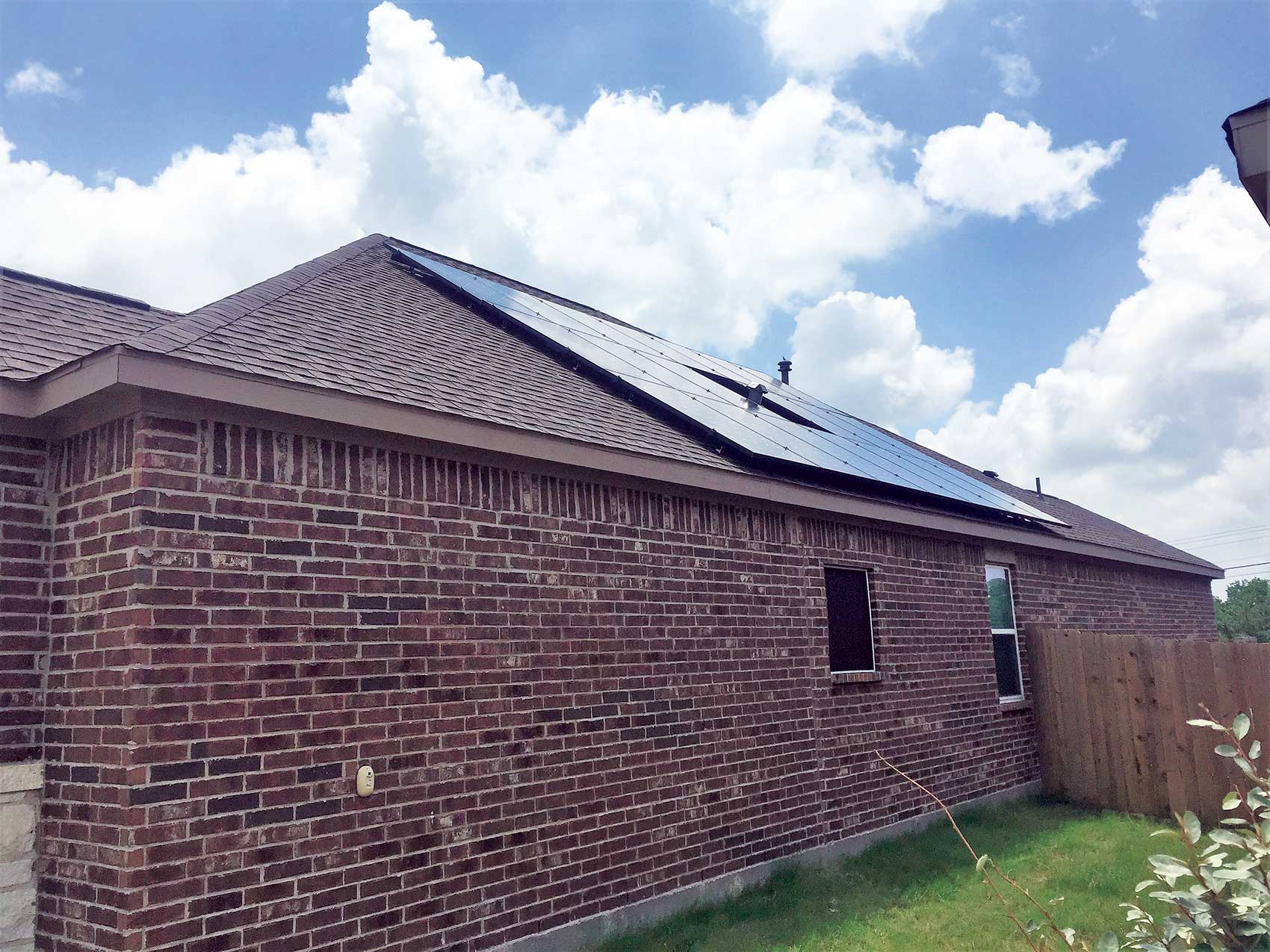Question
Is it code-compliant to install Type NM cable exposed in an attached residential garage? How about a detached garage? What about a detached residential building such as a storage shed? BG
Answer
Thank you for the inquiry. For clarity, I will frame my response. First, I will substitute the term residential with the term dwelling which is defined in NEC Article 100. Second, I will consider the attached garages or detached garages and storage sheds to be directly associated with one- and two-family dwellings. Third, all structures considered will be of Types III, IV, and V construction. For this discussion, I will focus my response to the language of the 2011 National Electrical Code and before I begin, I will state my understanding of your question. You wish to know if nonmetallic-sheathed cable is permitted to be installed as an exposed wiring method in an attached or detached garage or in a detached building such as storage shed. Whenever there is a need to determine the permitted uses of any wiring method, I begin by reviewing the XXX.10 Uses Permitted section for that specific wiring method. I will start by reviewing 334.10 which generally states that nonmetallic-sheathed cable is permitted to be used in accordance with its following five (5) listed items. For this discussion we will only consider the language in list items (1) and (3).
The language of 334.10(1) permits the use of nonmetallic-sheathed cable in one- and two-family dwellings including their attached or detached garages and their storage buildings. This section was revised for the 2011 edition of the NEC by inserting the words “and their attached or detached garages, and their storage buildings” after the word “dwellings.” The new language was added to make it clear that the use of nonmetallic-sheathed cable as an exposed wiring method in one- and two-family dwellings, including their attached and detached garages and storage sheds, is permitted. To further support this conclusion, I look at the previous editions’ language in 334.10(1) which stated that nonmetallic-sheathed cable was permitted in one- and two-family dwellings. This language did not prohibit exposed cable installations in a dwelling or its attached garages, but it was silent in regard to installations in detached garages or other detached structures associated with a dwelling.
Under previous editions of the Code, installations in detached structures associated with dwellings were guided by the language of 334.10(3). That section addresses installations of nonmetallic-sheathed cable in other structures which are not dwellings and the language gives us two basic requirements. (1) It restricts the use of the cable to those structures that conform to Types III, IV, and V construction and (2) it requires that the cable be concealed within walls, floors, and ceilings that provide a thermal barrier of material that has at least a 15-minute finish rating.
Keeping all this in mind and upon review of sections of 334.10(3) and the revised language of 334.10(1), it is clear that nonmetallic-sheathed cable is permitted to be installed exposed in one- and two-family dwellings, their attached and detached garages, and their storage buildings. It is additionally important to note that regardless of the building’s condition of occupancy where the cable is installed exposed, it must comply with the provisions of 334.15; and if it is determined that the installation is subject to physical damage, then guarding in accordance with 334.15(B) must be considered.
Additional sections of the Code relevant to the installation and routing of the cable will provide guidance for a compliant installation (see 300.4, for example). It is also helpful to note that structures are grouped into five general types. These types are summarized in the Informative Annex E titled, “Types of Construction,” which may be found on page 814 of the 2011 NEC (soft cover). I hope this information is helpful.
Charles Palmieri
IAEI Principal Member, CMP-7













Find Us on Socials